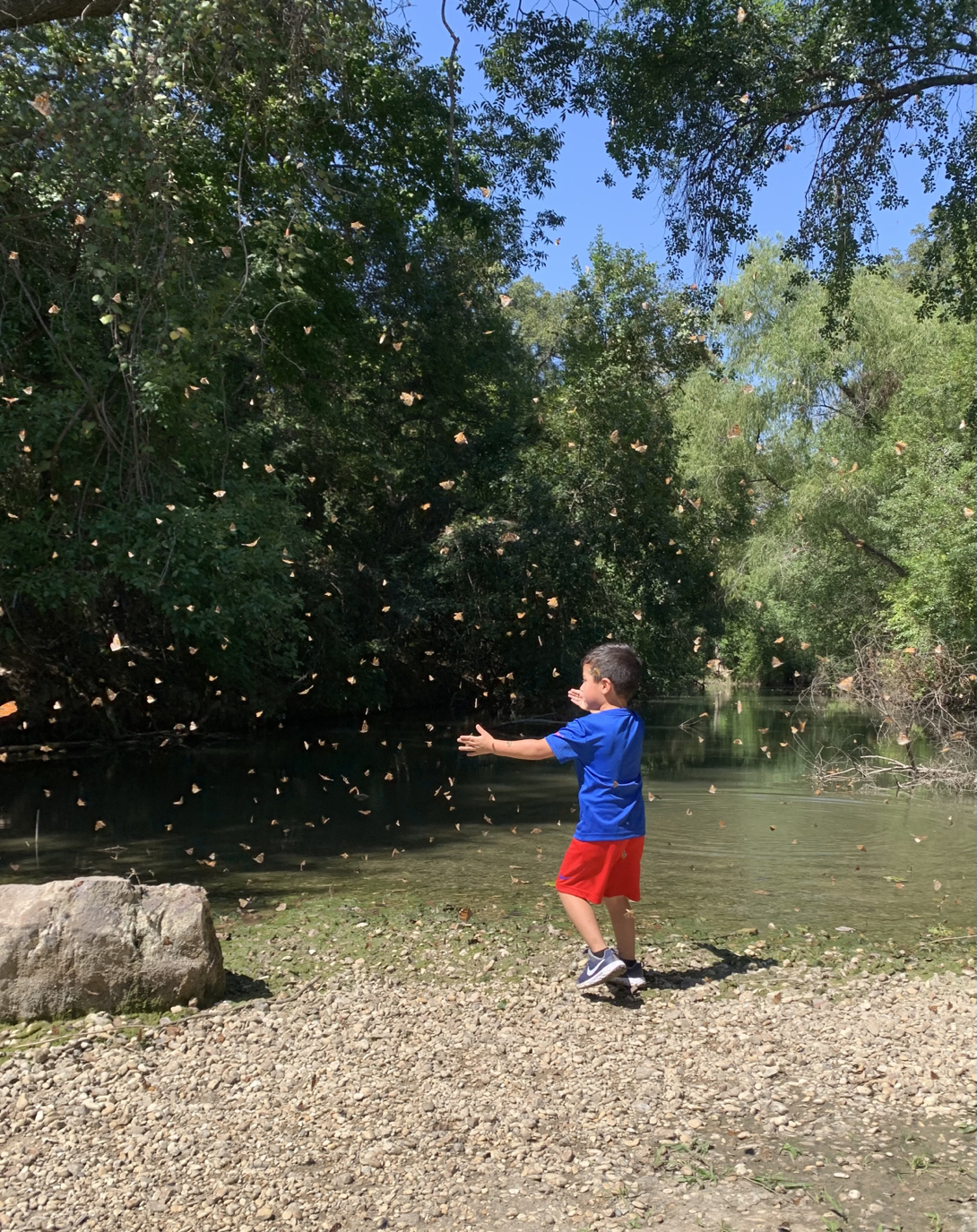There’s been an explosion of these non-descript little butterflies flitting across South Texas. And we have the drought to thank.
If you’ve gone anywhere in San Antonio over the last couple of months you’ve surely noticed the mass emergence of non-descript little butterflies swarming across South Texas.

While noticeably less charismatic than their more famous cousin the monarch, the American snout (Libytheana carinenta) is a fascinating species that is seen by all but seldom recognized or understood.
Unlike the monarch, which has a true migration thousands of miles to and from the mountains of central Mexico every year, snouts don’t migrate at all. Instead, they flit about South Texas seeking out promising areas of food and habitat. But the most interesting thing about this non-migrating emergence of butterflies isn’t the distance or direction they travel, rather the sheer number of insects involved — and how prolonged drought (like the one we’re in now) positively impacts their population.
I know that last bit sounds a tad bit counter-intuitive so hear me out. Snouts are prolific breeders. They lay their eggs on various species of hackberry with a strong preference for spiny hackberry where their larvae prefer to feed on the newest most tender leaves. During drought, their breeding is delayed due to the lack of new foliage. But as soon as it rains, the hackberry produces new tender leaves and snouts immediately resume breeding.
Also, in times of prolonged drought, there are far fewer parasite organisms that feed on and kill snout butterflies.
In years when summer drought is broken by significant rainfall, the snout emergence can be incredible. Take the summer of 1978, when a tropical storm rolled across South Texas dropping more than 48 inches of rain in just three days. At the time, researchers studying the American snout at the 15,000-acre Chaparral Wildlife Management Area estimated the emergence to be more than 500 million butterflies!
Similarly in September 1921 when over 36 inches of rain fell in 18 hours, the snout emergence was otherworldly with a swarm estimated at over 25 million butterflies per minute crossing a 250-mile stretch from San Marcos to the Rio Grande, totaling an estimated 6 billion butterflies over the course of 18 days.
So next time you see these odd-looking, snout-sporting butterflies flitting around South Texas, remember how magnificent their mass emergences can be. And, perhaps consider planting a spiny hackberry or two, or a few nectar plants to help them along their way.


